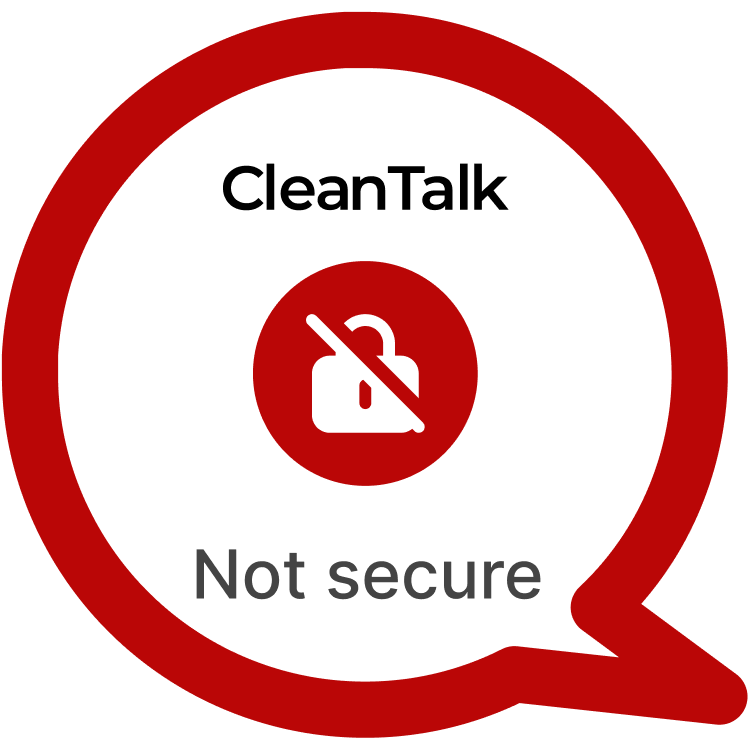In the expansive ecosystem of WordPress plugins, security vulnerabilities can expose thousands of websites to undue risk. The recent discovery within the “Post Grid, Post Carousel, & List Category Posts” plugin underscores this ongoing challenge. This vulnerability, classified under CVE-2024-3996, compromises website integrity and user trust by enabling Stored Cross-Site Scripting (XSS) attacks.
| CVE | CVE-2024-3996 |
| Plugin | Post Grid, Post Carousel, & List Category Posts < 2.4.28 |
| Critical | High |
| All Time | 591 292 |
| Active installations | 20 000+ |
| Publicly Published | June 27, 2024 |
| Last Updated | June 27, 2024 |
| Researcher | Dmtirii Ignatyev |
| OWASP TOP-10 | A7: Cross-Site Scripting (XSS) |
| PoC | Yes |
| Exploit | No |
| Reference | https://cve.mitre.org/cgi-bin/cvename.cgi?name=CVE-2024-3996 https://wpscan.com/vulnerability/4035e3f9-89fe-49e1-8aa2-55ab3f1aa528/ |
| Plugin Security Certification by CleanTalk |  |
| Logo of the plugin |
Timeline
| April 4, 2024 | Plugin testing and vulnerability detection in the Post Grid, Post Carousel, & List Category Posts have been completed |
| April 4, 2024 | I contacted the author of the plugin and provided a vulnerability PoC with a description and recommendations for fixing |
| June 27, 2024 | Registered CVE-2024-3996 |
Discovery of the Vulnerability
The vulnerability, designated as CVE-2024-3996, was uncovered during routine security testing aimed at reinforcing the defenses of WordPress sites. This vulnerability allows for the injection and execution of malicious scripts through improper sanitization of user inputs.
Understanding of Stored XSS attack’s
Cross-Site Scripting (XSS) is a prevalent threat in web applications where an attacker injects malicious scripts into content that other users will view. For example, an XSS vulnerability was exploited on a well-known blog platform, allowing attackers to redirect visitors to fraudulent websites.
Exploiting the Stored XSS Vulnerability
In the case of CVE-2024-3996, the exploit involves manipulating the “5Bpost_title_tag” field in the plugin’s settings. By embedding a script such as img src=x onerror=alert(1), attackers can execute arbitrary JavaScript code in the context of the user’s browser, leading to unauthorized actions.
POC:
You should go to creation of new Post Grid. Change “5Bpost_title_tag” field to (img+src=x+onerror=alert(1)) -> Save Settings (Admins and editors are allowed to use JS in posts/pages/comments/etc, so the unfiltered_html capability should be disallowed when testing for Stored XSS using such roles)
____
The risks associated with this vulnerability are significant. Attackers can potentially take over user accounts, manipulate site content, or redirect visitors to malicious sites. Such activities could damage the reputation of the affected sites and lead to data breaches.
Recommendations for Improved Security
To mitigate this threat and enhance security:
- Update Promptly: Users should immediately update to the latest version of the plugin, which presumably contains patches for the vulnerability.
- Sanitization and Validation: Developers must ensure all user inputs are adequately sanitized and validated on both the client and server sides.
- Regular Audits: Regular security audits and penetration tests should be conducted to detect and rectify similar vulnerabilities.
- User Permissions: Limit the ability of users to insert HTML or JavaScript content within sensitive fields unless absolutely necessary.
By taking proactive measures to address Stored XSS vulnerabilities like CVE-2024-3996, WordPress website owners can enhance their security posture and safeguard against potential exploitation. Stay vigilant, stay secure.
#WordPressSecurity #StoredXSS #WebsiteSafety #StayProtected #VeryHighVulnerability
Use CleanTalk solutions to improve the security of your website
DMITRII I.